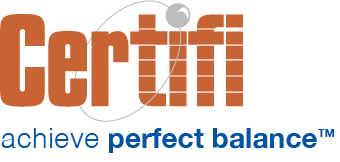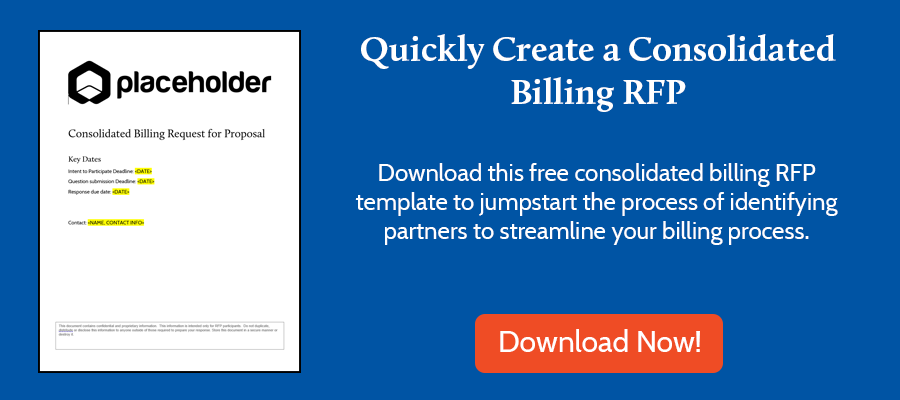Health insurer software procurement should be focused on finding innovative software solutions that make an insurer more competitive, more efficient and ultimately helps an insurer grow. But in a lot of cases, the health insurer software procurement process focuses on how to avoid as much risk as possible, instead of uncovering innovative new ideas and software.
If your software procurement process involves few vendors, is more concerned with covering your tail than finding the best solution, spends most of your time trying to solve today’s problems, and includes boilerplate questions, it’s likely you’re not maximizing the process.
Read on for four tips to improve health insurance software procurement processes:
Cast a Wide Net
An employer where I once worked was notorious for hiring quickly. It wasn’t unusual for them to hire the first person that applied. At most, they’d talk to two or three people for an open position before hiring. Sometimes, that worked out. But often, it didn’t. Which meant they had to go through the same hiring exercise within a year or two. Add it up, and it was a costly hiring process.
We’ve been a part of health insurance premium billing software RFPs and often it’s easy to tell how many other vendors have been asked to complete the RFP. I’m always surprised at how few are invited.
So always cast a wide net. In some instances, there may not be a multitude of organizations qualified to perform the RFP’s work. But in most cases, the more vendors you invite to the party, the more likely you are to find a good fit vendor.
Gartner is a great vendor research source, whether it’s their Hype Cycle analysis or other research. Your professional network likely knows vendors in whatever space you’re researching. Employees have likely worked with vendors at other organizations and may have recommendations. A Google search will uncover potential vendors. Leverage whatever resources you can to bring as many vendors to your RFP as possible.
Realize that Incumbent or Large Vendors Don’t Dissipate Risk
As the old saying goes, no one ever lost a job by choosing IBM. If you choose the too big to fail company, even if they fail, you won’t lose your job.
Unfortunately, that’s not true. Especially among software vendors. The pace of technological change means in a lot of cases the only advantage the large incumbents have is an existing relationship and a list of similar customers. But under the hood, you’ll find dated software that’s likely very costly to transition to modern technology platforms. Which means they’re unlikely to update the underlying technology anytime soon.
A prime example of this type of thinking leading to ruinous results is many of the state exchanges that were created in the aftermath of the Affordable Care Act. In many cases, developing those exchanges went to large software consultants that were well-known to state governments at the time. And nearly all of them failed. They were costly. Basic functionality was missing. And when they went live, they couldn’t handle the volume they should have been designed to handle.
What’s interesting is what happened in the aftermath of those failures. Many small software firms saw an opportunity to create products targeting state exchanges. Those products, like GetInsured’s tools that simplify shopping, plan comparison, and enrollment, have gained significant traction. In fact, GetInsured now touts that 75% of all state-based marketplace enrollments were serviced by their platform. In the case of state exchange technology, a lot of people lost their jobs because they’d chosen a company that was too big to fail. Yet they still failed.
Think Beyond Today
In 2012, I was in need of a marketing software solution. But frankly, I didn’t know what I needed. I knew I wanted to automate marketing emails, create landing pages and manage our marketing contact database. The incumbent providers had all that functionality. But then I talked to a relatively young Boston startup called HubSpot. Honestly, their software didn’t have the bells and whistles of some of the incumbents. But when I talked to them, they discussed how blogs and social media were changing the face of marketing and how their software was uniquely positioned to help capitalize on this trend.
I pulled the trigger. Since then, HubSpot went from a couple of thousand customers to over 100,000 and has recently added sales and operations tools to their software suite. Other companies bought many of the incumbents I reviewed. As a result, they have failed to innovate beyond what they had in 2012.
A mistake a lot of buyers make is thinking that what they need is a replacement for what they have today. That’s far from the truth. You need to look 10 to 15 years in the future. Ask about the vendor’s product roadmap. See if they plan to integrate emerging technology into their product. Ask about their software development process. Ask how they differentiate themselves today — and how they plan to in the future. By asking forward-looking questions, you’ll be able to better understand how the vendor plans to evolve their product to meet current and future customer needs.
Create Specific Questions
A common complaint among buyers is that RFPs contain boilerplate answers. This is true, especially if the questions are generic. Ask boilerplate questions and you’ll get boilerplate responses.
So challenge your team to:
- Provide as much specific process/solution requirements information as possible.
- Dig deeper by asking questions that relate specifically to the process/solution requirements.
Some buyers may balk at providing what they may consider proprietary information. So they don’t discuss the process in detail. Which makes it difficult for a vendor to go very deep on what they’d do to uniquely solve the issue presented in the RFP. The more nuanced the RFP, the more likely you are to uncover novel ideas and solutions to problems you’ve experienced.
To create a successful procurement process, start at the end. What do you want your future software solution to look like? Then, cast a wide net, find the best vendor that fits your needs, regardless of size, think 10-15 years out and be specific.
Certifi’s health insurance premium billing and payment solutions help healthcare payers improve member satisfaction while reducing administrative costs.



